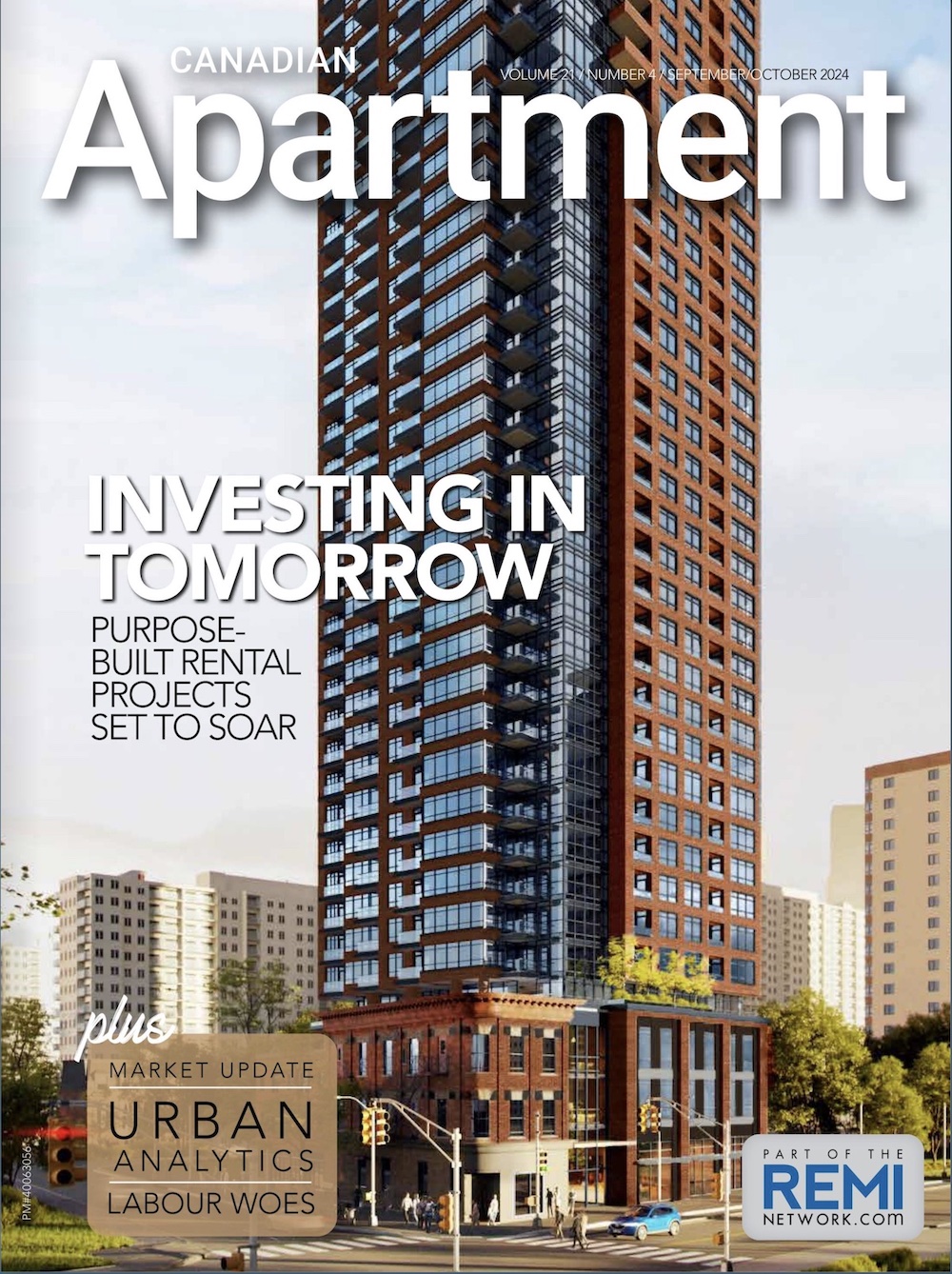A potential new incentive for the development of purpose-built rental housing in Ontario comes with adverse implications for existing multifamily properties, thanks to the mathematics of property tax allocation. In sync with last week’s release of the 2024 provincial budget, the Ontario government has enacted a regulation giving municipalities the flexibility to reduce their new multi-residential tax rate by as much as 35 per cent. However, as with a similar special tax subclass for small commercial properties, local governments will also be able to tap other ratepayers to make up for revenue foregone from the tax break.
Property assessment and taxation specialists foresee that existing multi-residential ratepayers are likely to absorb most of that obligation. Nor is it likely that beneficiaries will capture the full intended reduction since the Municipal Property Assessment Corporation (MPAC) considers multi-residential buildings’ operating expenses in their valuations and a lower tax rate can be expected to translate into a somewhat higher assessed value.
“If there is going to be an incentive for building new multi-res, we should do it differently so that it doesn’t flow downstream to increase the effective tax burden for the sector,” maintains David Gibson, managing director with the property tax and assessment consulting firm, Yeoman & Company.
Under rules that came into effect in Ontario in 2017, purpose-built rental housing properties with seven or more units are classified as “new multi-residential” for 35 years from initial occupancy, during which time they are to be taxed at 1 to 1.1 times the residential property tax rate. After that period, they transition to the multi-residential tax class, which has historically been taxed at a much higher ratio.
In Toronto, for example, the 2023 multi-residential tax rate was 1.12 per cent versus 0.66 per cent for the new multi-residential and residential tax classes. Total tax rates for 2024 will not be determined until the education tax rate has been announced, but rates for the City’s apportionment of the levy are 0.55 per cent for new multi-residential and residential versus 1 per cent for multi-residential.
“Looking at the municipalities that would choose to adopt this, in my opinion, it’s probably going to be the larger ones — Toronto, Ottawa, Hamilton, London, Mississauga, Brampton, Windsor — that already have a spread between new multi-res and multi-res rates,” Gibson suggests. “A tax reduction for a new subclass is going to cause that older grouping of properties to carry a higher burden.”
That won’t happen until at least 2025 given the timing of municipal budget processes. The regulation also requires local governments to pass a bylaw in order to implement the optional subclass, and properties will qualify for the tax rate reduction only if the bylaw is in place when their building permits are issued. That will translate into three different multi-residential tax rates — two different rates in the new multi-residential tax class, as well as the multi-residential tax rate for properties that are 36+ years old — in many municipalities that choose to adopt the new subclass.
“The impact of this policy on existing stock in some markets might be different than in others,” says Tony Irwin, president and chief executive officer of the Federation of Rental-housing Providers of Ontario (FRPO). “We will be interested to learn more about the details, and we look forward to working with our government partners to ensure it’s implemented in a way that supports building much needed purpose-built rental housing right across Ontario.”
For his part, Gibson suggests incentive agreements enabled through community improvement plans (CIPs) — which provide developers with property tax rebates over a set period to reflect their projects’ positive impact on a municipality’s assessment base — could be a more effective strategy for local governments seeking to encourage new rental housing development. Although passing a bylaw to adopt the new multi-residential subclass is likely to be a much simpler process for a local government, the CIP route to tax relief could ultimately be fairer.
“We have to continue to move the rates for multi-res down and into line with new multi-res,” Gibson asserts. “The new subclass is creating a burden potentially for those very asset classes that can’t afford that burden.”
Meanwhile, the schedule for Ontario’s long-delayed reassessment remains unclear. The 2024 provincial budget confirms only that it will not occur until a promised review of the assessment and taxation system, which is to focus on “fairness, affordability, business competitiveness and modernized administration tools” is complete.
“Consultations have commenced to seek input on the scope and priority areas of the review. Consultations will continue with broader engagement of stakeholders from across the province starting in early spring”, the budget document states.







